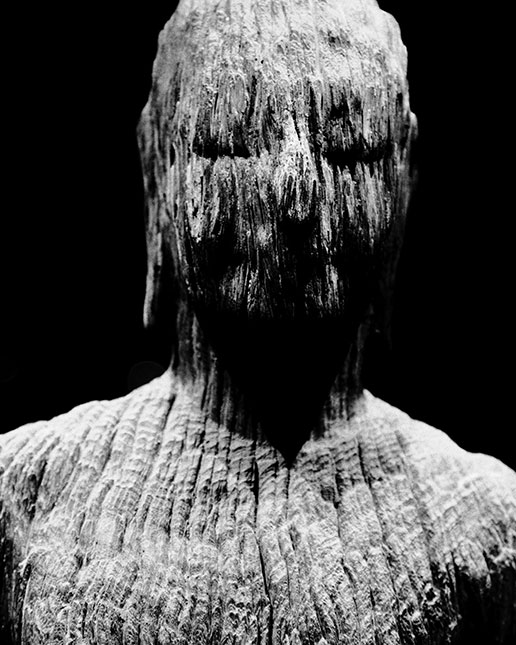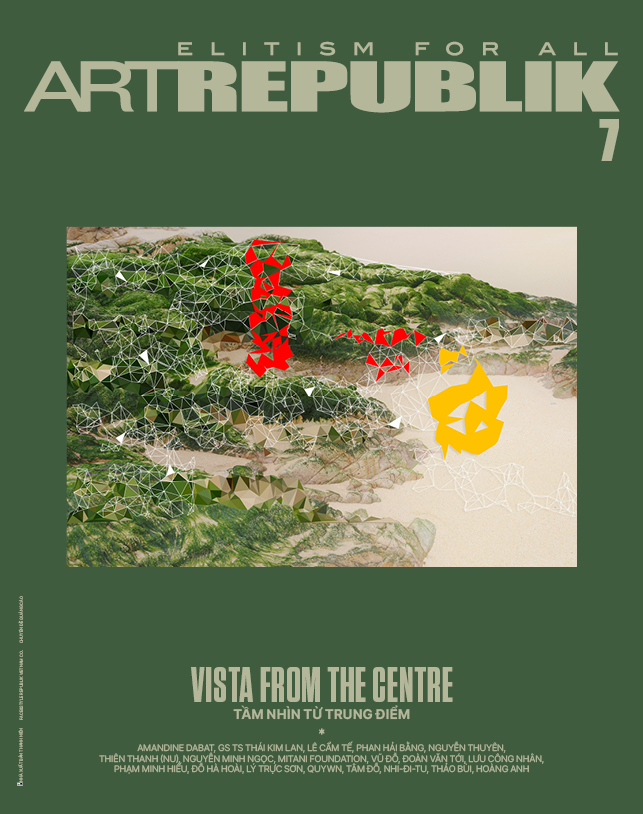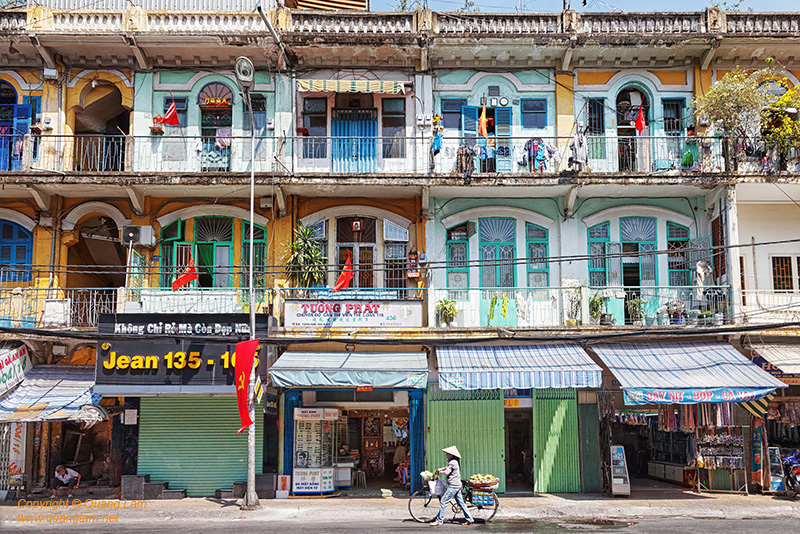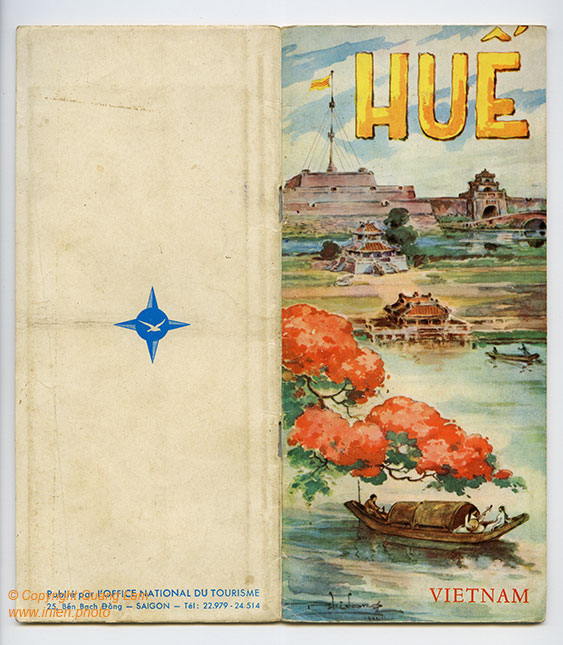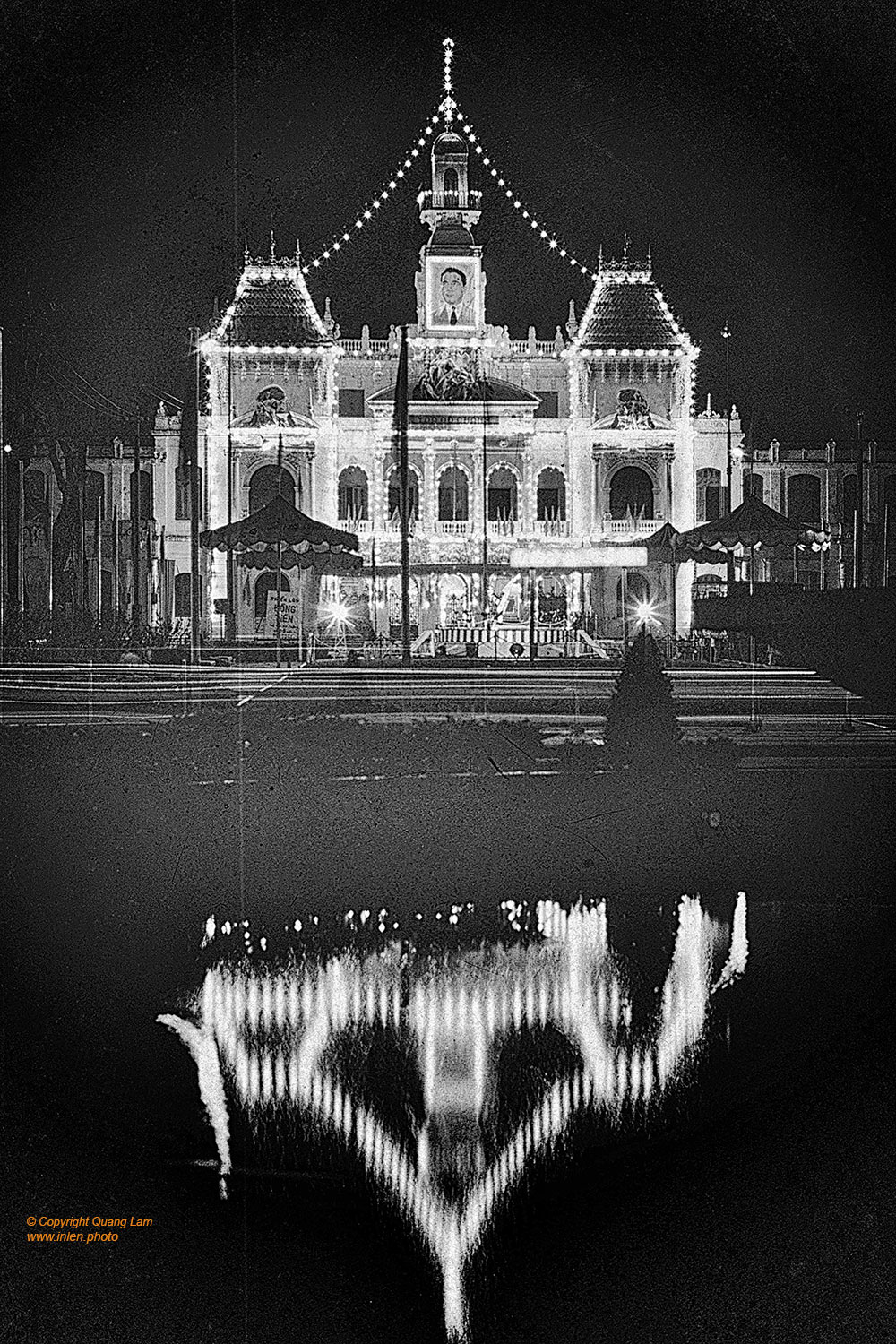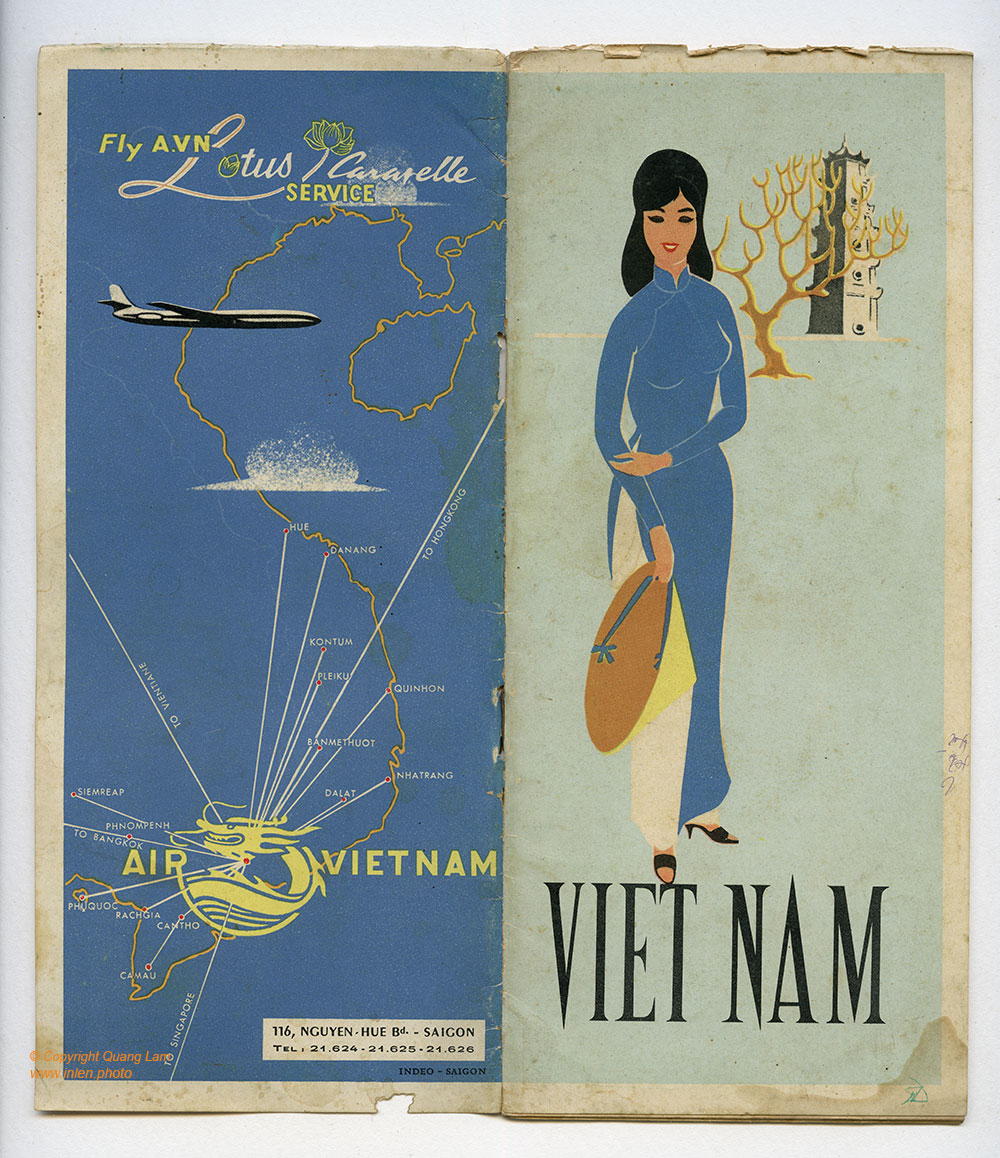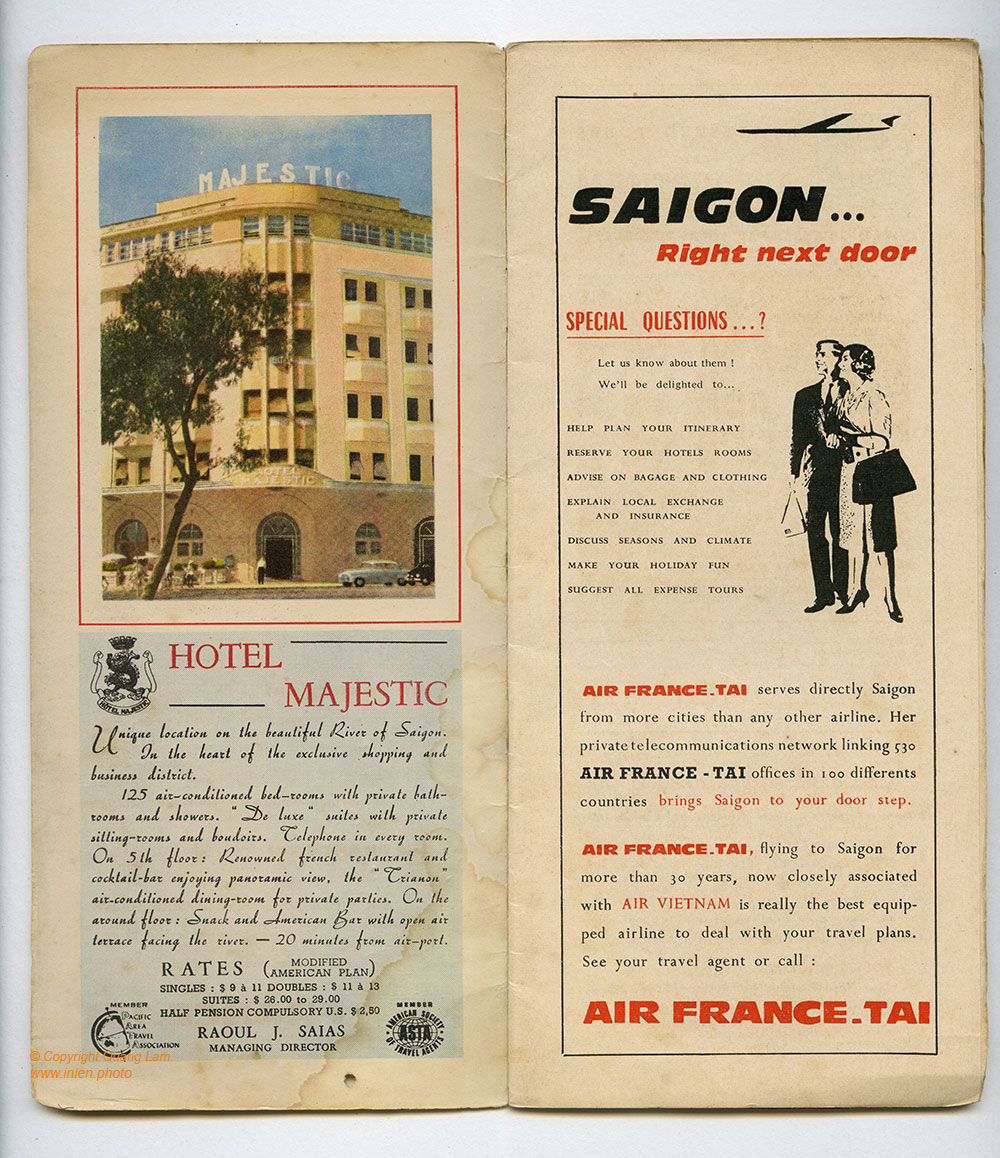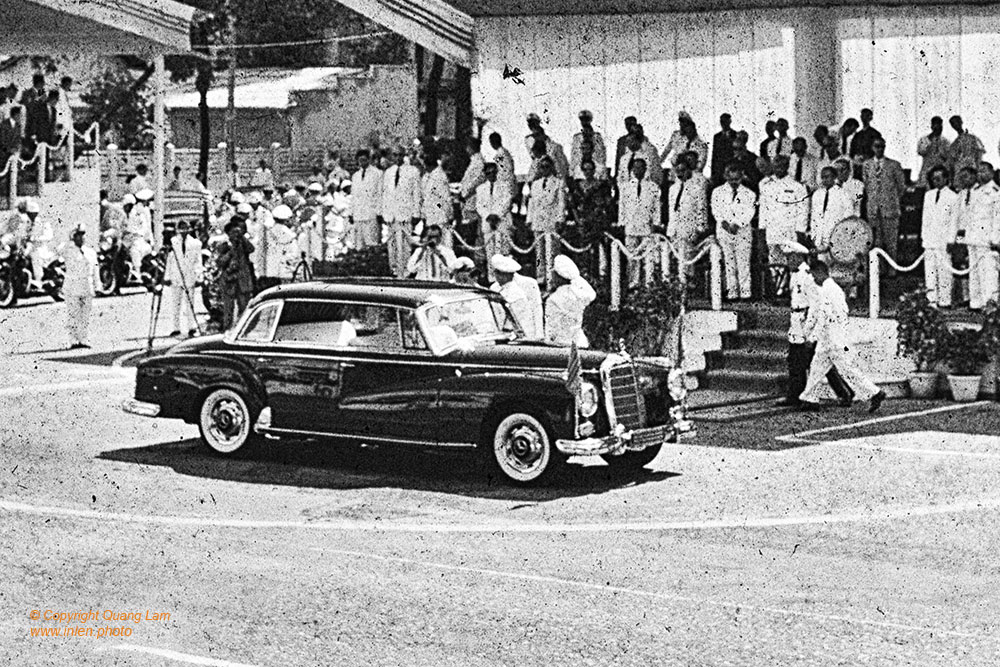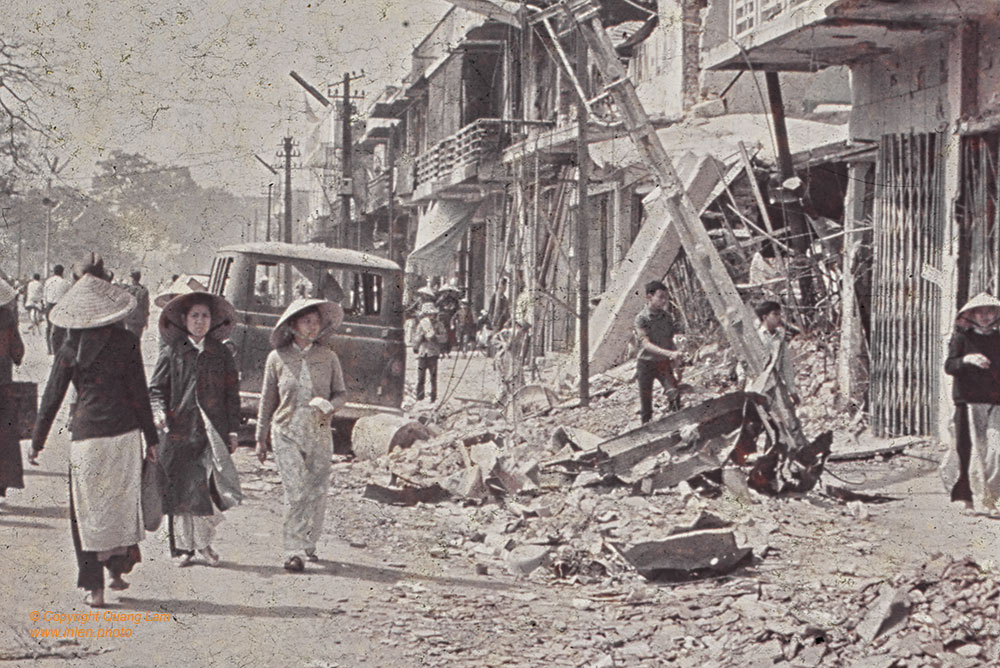The exhibition “Seas of Silk” by research-based artist Quang deLam at Lotus Gallery features a rich and multi-layered scenography. Complementing deLam’s paintings is a curated series of statues from the Óc Eo civilization.
These statues are drawn from photographs taken during a special August 2025 exhibition in Ho Chi Minh City dedicated to Vietnamese National Treasures.
This unique combination of contemporary paintings and and black and white photography provides essential contextual perspective,
[…]
The Evolution of the “Far East” Through Travel and Art
The article traces the evolution of the concept of the “Far East” from a romanticized travel destination to a complex, multicultural identity. It begins with a personal reflection on how a vintage photo album of a French tea producer’s journey to Vietnam sparked a feeling of authentic travel, a sensation lost in modern, routine air travel. This sentiment is contrasted with the early travelogue of Goethe’s “Italian Journey,”
[…]
(updated with new postcards)
Trần Hưng Đạo Street in Cholon is a bustling commercial hub, known for its vibrant street markets, diverse shops, and numerous eateries. It stands as the longest entrance road and the primary thoroughfare of Ho Chi Minh City, traversing numerous neighborhoods and extending for approximately 6 kilometers. Its history is deeply intertwined with the city’s own evolution.
Originally, Saigon and Cholon existed as separate entities. In 1865,
[…]
Page 1
Hue, the former capital of Vietnam, is located about a hundred kilometers south of the 17th parallel. When one mentions Hue, one can’t help but think of its river and its hills enveloped in dreams and poetry, of its sumptuous palaces and its tombs.
Image – The Perfume River, a source of inspiration for poets and writers of the ancient imperial capital.
Page 2
Magnificent imperial palaces over which an eternal impression of silence,
[…]
This exceptional series comes from the archives of the Inlen gallery. It stands out for its night shots, showcasing a brightly lit Saigon, then considered the “Pearl of Asia.” In addition to iconic landmarks like the Governor’s Palace, the Cathedral, and Ben Thanh Market, the photographer also captured lively spots such as the Rex and Thanh Chung cinemas, Brodard bakery, and the Dong Khanh hotel in the bustling Cholon district. This suggests that Saigon wasn’t just about official monuments,
[…]
Viet-Nam is in the Southeastern corner of Asia, with Cambodia and Laos on the west, and the China Sea on the east and south. South Viet-Nam covers a 65,000 square-mile area with approximately 12 million inhabitants.
With its sophisticated temperate-climate resorts in the Highland country, its white beaches, its ancient Imperial City, its vast hunting reserves and its numerous other attractions, Viet-Nam is rapidly becoming a << must see >> for thousands of foreign tourists.
[…]
VIETNAM
With its sophisticated cool resorts in highland country, its white beaches, ancient imperial city, vast hunting reserves and numerous other unusual attractions, Vietnam is rapidly becoming a « must see » for thousands of Pacific travelers. Now that jetliners are slicing flying time to the Orient approximately in half, Saigon is a new centrally-located travel target, especially for tourists seeking a different setting and atmosphere. With China on the North, the South China Sea on the East and South,
[…]
This album of photos, recently acquired by the gallery, offers a glimpse of previously unknown pictures, never before displayed. This is especially significant because it is a personal album, likely belonging to a professional photographer from North Vietnam, providing a unique perspective from the “other side.”
Prisoners of War and iconic photo “Burst of Joy”
The album shows an rare photo of a pilot captured and his jet destroyed in September 1965. Our research is on going to identify this pilot.
[…]
About the Inlen gallery’s archives photos
This captivating series, preserved within the gallery’s archives, offers a fascinating glimpse into the pomp and circumstance surrounding the inauguration of Ngô Đình Diệm’s second term as President of South Vietnam on April 29, 1961. The impressive military parade unfolded along what was then Reunification Boulevard (now Le Duan Boulevard). Alongside the military personnel and imposing tanks, traditional costumes paraded, with even the presence of elephants adding a unique dimension to the spectacle.
[…]
Tết Mậu Thân in Huế was a brutal and pivotal moment in the Vietnam War. Starting January 31, 1968, the People’s Army of Vietnam (PAVN) and the Viet Cong (VC) forces surprised everyone by seizing much of the city, including the Citadel. What followed was a grueling 26-day battle with US Marines and the Army of the Republic of Vietnam (ARVN) to retake it, marked by intense urban combat and heavy casualties on both sides.
[…]
